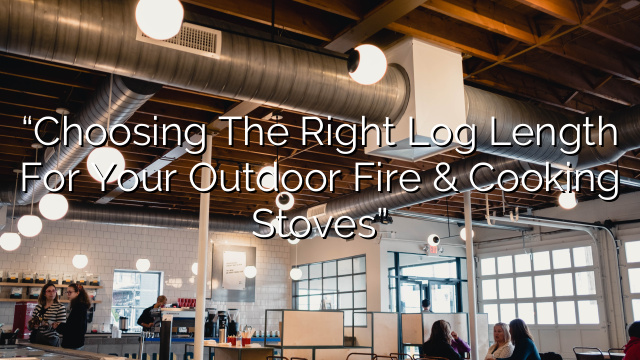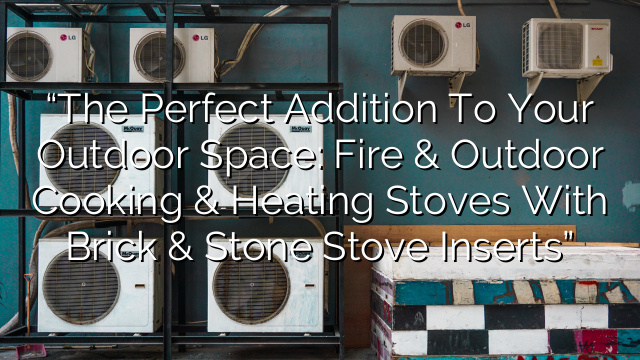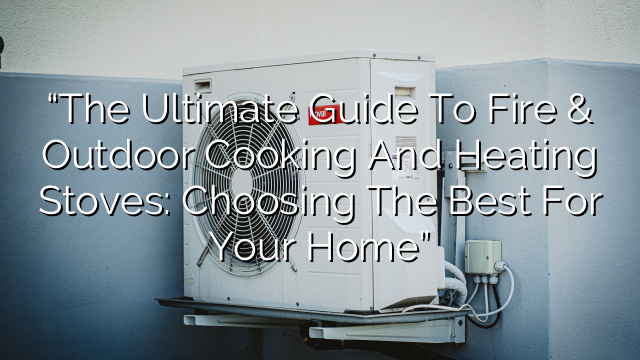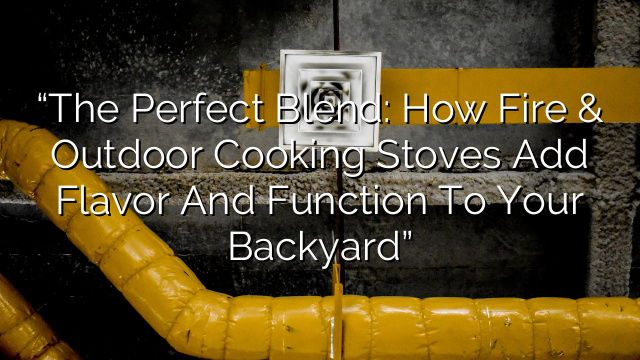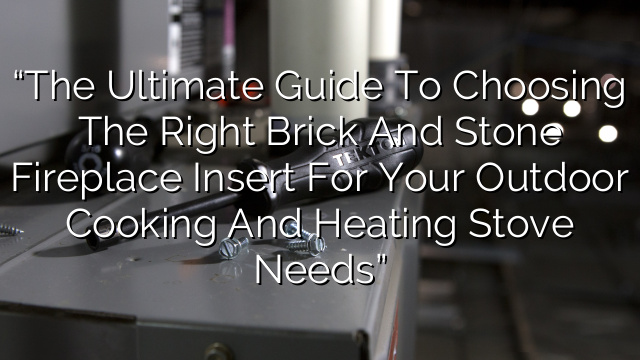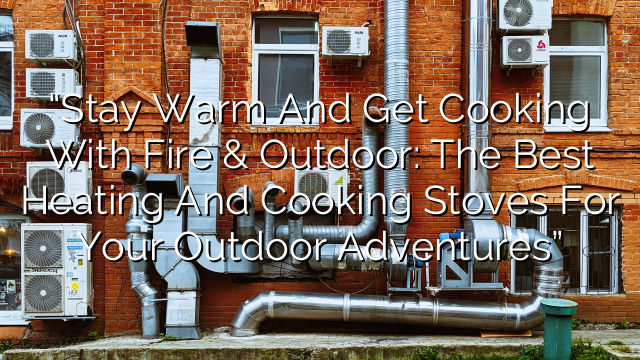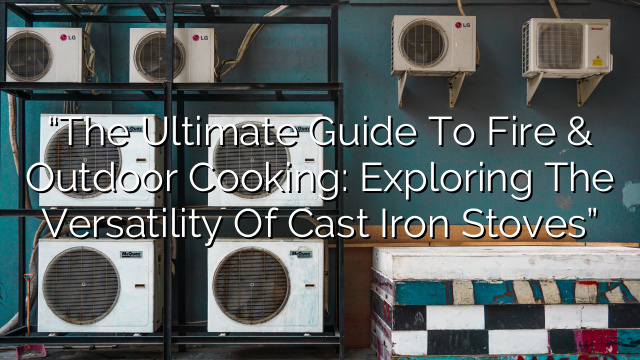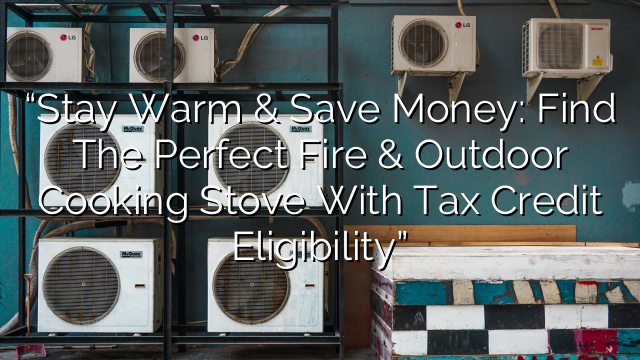Selecting the Right Log Length for Your Outdoor Fire & Cooking Stoves
When it comes to outdoor fire and cooking stoves, choosing the right log length is crucial for achieving optimal performance and safety. The log length you select can impact the efficiency of your stove and determine how long the fire will burn. In this guide, we will explore the different log lengths available and help you make an informed decision for your outdoor fire and cooking needs.
Factors to Consider
1. Size of Your Fire & Cooking Stove: The first thing you need to consider is the size of your outdoor fire and cooking stove. The log length should be proportionate to the size of your stove. If you have a smaller stove, shorter log lengths will be more appropriate. On the other hand, larger stoves can accommodate longer logs for a more extended burn time.
2. Heat Output: The length of the logs also affects the heat output of your fire and cooking stove. Longer logs tend to burn more slowly, providing a sustained heat output over a longer period. Shorter logs, on the other hand, burn faster, which can be useful when you need quick and intense heat.
3. Cooking Versatility: If you plan on using your outdoor stove for cooking, you need to consider the type of dishes you will be preparing. Some recipes may require a longer burn time, while others may require quick and intense heat. Consider your cooking needs before selecting a log length.
Available Log Lengths
- 16 Inches: This log length is suitable for smaller fire and cooking stoves. It burns relatively quickly and works well for short cooking sessions or when you need a burst of intense heat. However, the burn time may be limited, so you will need to add more logs frequently to keep the fire going.
- 17 Inches: Similar to the 16-inch log length, this option is also suitable for smaller stoves. It provides a slightly longer burn time compared to the shorter logs, making it ideal for quick cooking sessions or when you need a moderate amount of heat for a short period.
- 18 Inches: A popular choice for medium-sized fire and cooking stoves, an 18-inch log length offers a good balance between burn time and heat output. It provides a sustained heat output for an extended cooking session while still being manageable in terms of size and weight.
- 20 Inches: If you have a larger fire and cooking stove, a 20-inch log length is a suitable option. It offers a longer burn time and slower heat release, making it ideal for longer cooking sessions or when you want to create a warm and cozy atmosphere for outdoor gatherings.
- 22 Inches: This log length is suitable for larger fire and cooking stoves, providing an extended burn time. It is especially useful when you need a steady and consistent heat output for slow cooking or when you want to enjoy hours of warmth and ambiance.
- 21 Inches: Similar to the 20-inch log length, this option is also suitable for larger stoves. It provides a good balance between burn time and heat output, making it a versatile choice for various cooking needs.
FAQs
- Q: Can I use logs of different lengths together?
A: It is generally recommended to use logs that are of the same length, as this ensures even burning and avoids the risk of logs rolling off the stove. However, if necessary, you can mix logs of different lengths, but it is important to ensure stability and balance.
- Q: Can I cut logs to a specific length?
A: Yes, if you have access to long logs and need a shorter length, you can cut them to the desired size. Just make sure to use appropriate tools and follow safety guidelines when cutting logs.
- Q: How do I know which log length is best for my stove?
A: The best log length for your stove depends on its size and your specific needs. Consider factors such as stove size, desired burn time, heat output, and cooking versatility to determine the most suitable log length.
- Q: What type of wood should I use for my outdoor fire and cooking stoves?
A: Hardwoods such as oak, maple, and birch are generally preferred for outdoor fire and cooking stoves as they provide a longer burn time and produce a more consistent heat output. Avoid using softwoods like pine, as they tend to burn faster and produce more sparks.
- Q: How many logs should I use at once?
A: The number of logs you should use at once depends on the size of your stove and the desired heat output. Start with a couple of logs and adjust as needed. It is important not to overload the stove, as this can restrict air circulation and affect the efficiency of the fire.
Remember that safety should always be your top priority when using outdoor fire and cooking stoves. Follow the manufacturer’s instructions, keep a safe distance from flammable materials, and never leave the fire unattended. With the right log length and proper precautions, you can enjoy the warmth and versatility of your outdoor stove to the fullest.

